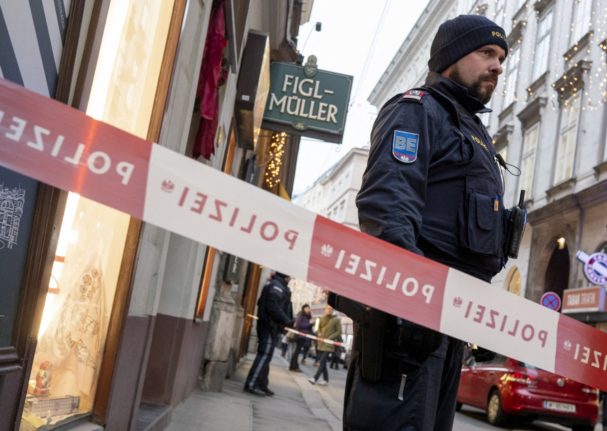Austria’s foreign national population increased by 66.7 percent from 2011 to 2021, totalling 1.57 million, according to the latest Statistik Austria census.
The share of those who do not hold Austrian citizenship in the country is 17.4 percent, according to the press release published on Friday.
The largest group is Germans, with about 213,000 German citizens living in Austria, followed by citizens of Romania (about 136,000) and Serbia (about 122,000). Most foreign nationals live in Vienna (31.9 percent), followed by Vorarlberg (18.7 percent) and Salzburg (18.3 percent).
READ ALSO: ‘I won’t give up my nationality’: Why foreigners choose not to become Austrian
Statistik Austria uses administrative data to construct its census, director general Tobias Thomas explained.
“While in other countries, people still have to fill out lengthy questionnaires for the census, Statistics Austria has only used administrative data since 2011. This means that Austria – along with countries such as Denmark, Norway and Sweden – is playing a pioneering role in the EU.”
Population increase in metropolitan areas
Since 2011, the most significant population increase at the provincial level occurred in Vienna (+12.4 percent or +212,733 persons), which had a population of more than 1.92 million people on 31 October 2021.
Vorarlberg and Tyrol also experienced above-average growth, with an increase of 8.3 percent and 7.5 percent, respectively. On the contrary, the smallest population increase was recorded in Carinthia, with a growth of around 8,000 people, an increase of just 1.5 percent compared to 2011.
The provincial capital with the largest population growth was Eisenstadt (+16.2 percent), followed by Vienna (+12.4 percent) and Graz (+11.5 percent). The strongest population growth outside the provincial capitals was recorded in the districts of Bruck an der Leitha (+14.6 percent), Wiener Neustadt city (+14.0 percent), Graz-Umgebung (+11.8 percent) and Gänserndorf (+11.6 percent).
At the other end of the scale, Upper Styria and the northwestern part of Lower Austria saw the largest decline in population.
READ ALSO: IN NUMBERS: The Vienna districts where most foreigners live
According to Statistik Austria, the population is also getting older, with an average age of 42.2 years, an increase of 1.4 years since 2011. Between the 2001 and 2011 censuses, this increase was slightly higher at 2.2 years, which indicates that Austria’s population is still getting older, but not as fast as in the decade before. Men in Austria are, on average, 2.5 years younger than women.



 Please whitelist us to continue reading.
Please whitelist us to continue reading.
Member comments